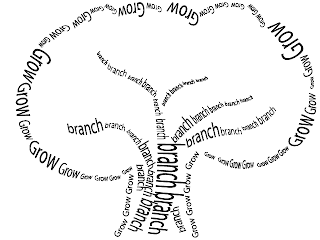This assignment required designing visuals for HARTS. We created several visuals to be hung up around the site. We decided to keep to the color scheme of blue and orange. Using the same colors allowed for a sense of cohesiveness throughout the signage and floor plans. We also used the same font throughout. The first visual above is the kitchen floor plan. The bright colors and key allow for easy access to various elements throughout the kitchen. The colors work well with each other and stay in the color scheme that is used throughout the visuals.
This visual is a simple sign that will be hung in the kitchen. It clearly states the chores needed by the volunteers. Staying within the color scheme, the blue font pops off the orange background.
This visual is of the floor plan of the location. It simply states where each room is. This will be a sign that will be helpful to the volunteers to know how to go about the HARTS location.
This visual is for the guests who come to HARTS. It clearly states the smoke breaks and what to do when they occur. The colors stay in the scheme. The bold blue and orange boxes allow for the text to pop off the sign. The small image of the cigarette adds a simple touch to the sign.
These two visuals above are very helpful for the volunteers and guests. The orange words allow for the targeted people to be aware of where to go. The text is aligned center and pops off the sign.
This visual will be placed next to the downstairs bathroom indicating that the showers are upstairs. It is a simple, but clear visual that ties in with the rest of the signs. I like the different hues of blue used throughout the visual and the orange catches the viewers eye.
This visual states the instructions for the coffee maker. The lines clearly indicate the buttons that need to be pushed when making coffee. The instructions are clearly stated in a light blue but also pop off the subtle orange background. The pictures are also clear and a useful visual to the volunteers.

This last visual is a simple sign for the time schedule. It is a simple visual that boldly states the times. The color of the text is cohesive with the rest of the visuals to tie everything in.
This assignment definitely has clarity. Each individual poster clearly conveys its message while still relating to every other poster. The cohesiveness of the colors and text allows for the posters to convey clear messages. The audience for these visuals are the volunteers and guests at the HARTS location. Each poster is eye-catching but sophisticated at the same time. Finally, the purpose of this assignment was to create posters that will be placed at a local HARTS location. The posters have to help aid the guests and volunteers while attending HARTS. The posters we created definitely state directions and rules clearly and cohesively.























